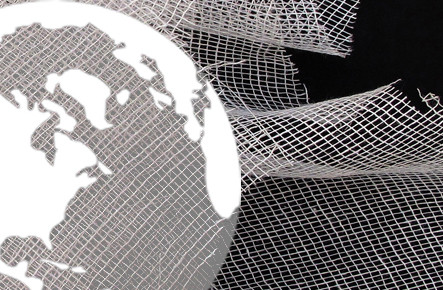 In recent years, the planetary boundaries framework has attracted much attention as a tool for working with environmental issues on a global scale. Meanwhile, environmental work in the fashion industry is often focused on improving the performance of garments. In a recent study, Mistra Future Fashion researchers suggest a procedure for linking the perspective of the planetary boundaries with the efforts of improving garments. The study is part of Mistra Future Fashion program’s scope of investigating and clarifying sustainable fashion.
In recent years, the planetary boundaries framework has attracted much attention as a tool for working with environmental issues on a global scale. Meanwhile, environmental work in the fashion industry is often focused on improving the performance of garments. In a recent study, Mistra Future Fashion researchers suggest a procedure for linking the perspective of the planetary boundaries with the efforts of improving garments. The study is part of Mistra Future Fashion program’s scope of investigating and clarifying sustainable fashion.
– The procedure can be used for translating the knowledge about planetary boundaries into sustainability targets for products, firms or sectors, says Gustav Sandin Albertsson, one of the researchers behind the study.
Gustav continues:
– Some questions remain to be solved, but our study indicates that if we are to respect the planetary boundaries, the climate impact of one day’s use of a garment needs to be reduced by 100% until 2050. Also several other types of environmental impacts need to get close to zero.
The results were compared with current impact-reduction targets of clothing firms active on the Swedish market. Few targets were found, and the ones that were found are short-term and thus not directly comparable to the results. To use the planetary boundaries for setting sustainability targets in the fashion industry requires longer time horizons and consideration of the geographical context.
Now, Mistra Future Fashion researchers are following up on this study, by evaluating the potential of technical improvements, behavioral changes and circular business models, in relation to the targets set by the planetary boundaries. This will give insights into how the fashion industry can contribute the most towards respecting the planetary boundaries, and to what extent suggested changes are sufficient, or if more radical solutions are necessary. This will be presented during 2016.
Published in The International Journal of Life Cycle Assessment, 2015.
 To learn more,
To learn more,
contact Gustav Sandin Albertsson.



